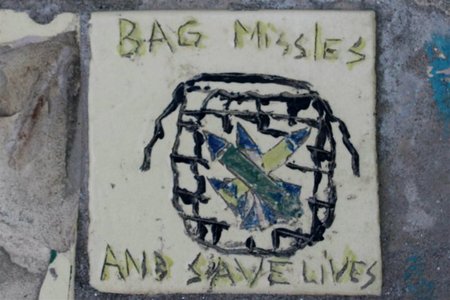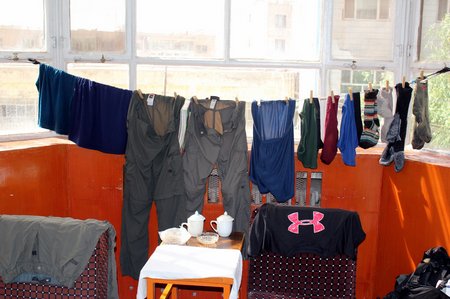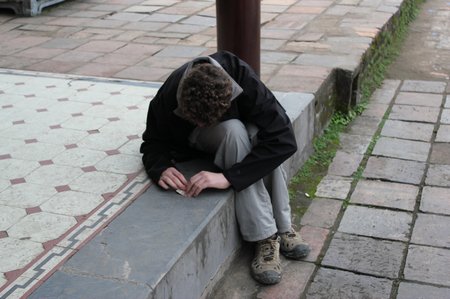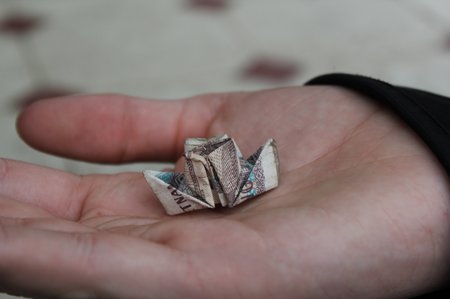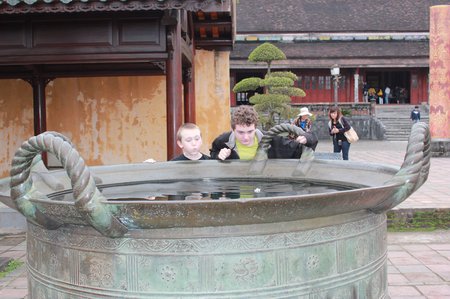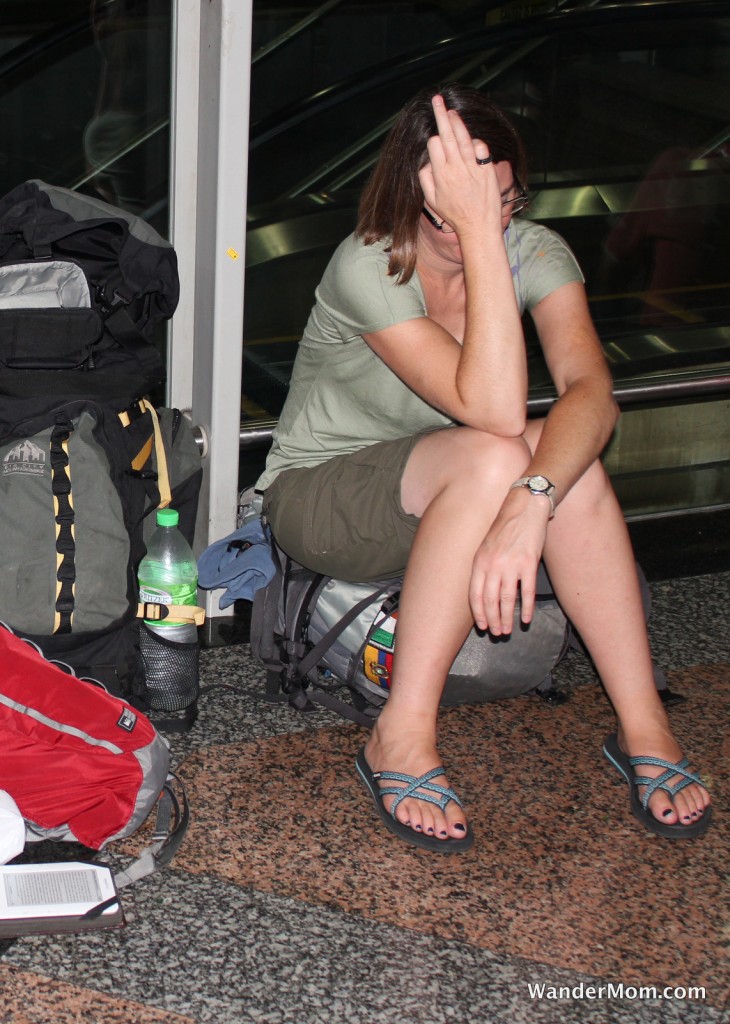 How does it feel to return to the real world after having taken a year out to travel, having executed on a life’s dream? Well, in a word, it sucks. There I’ve said it. I don’t expect your sympathy or even empathy. I’m writing this post today to round out the how-to series on our family world trip that I started just after we got back. It wouldn’t be right to leave you thinking that we all arrived home and life went back to normal without a hiccup.
How does it feel to return to the real world after having taken a year out to travel, having executed on a life’s dream? Well, in a word, it sucks. There I’ve said it. I don’t expect your sympathy or even empathy. I’m writing this post today to round out the how-to series on our family world trip that I started just after we got back. It wouldn’t be right to leave you thinking that we all arrived home and life went back to normal without a hiccup.
We have done surprisingly well. Our kids re-entered the regular school system pretty painlessly. Murph and I are now gainfully employed again. We’ve had a variety of house disasters but those could have happened any time.
But. Even before we got back to Seattle I was worried about impending post-trip depression. Worried enough to strategize about how to manage it way back in July (I’m nothing if not a planner). After a healthy dose of self-analysis, usually over many glasses of wine, I’m happy to say that my post-trip stay happy goals are very similar to what they were before we left: exercise regularly, drink moderately, take time to stop and smell the roses now and then.
I heard stories of typical post-travel depression triggers from other travel-junkie friends: reverse culture shock; lack of comprehension of the enormity of your trip or the breath of experiences had thereon; lack of understanding of how seeing the world North and South, East and West had changed you forever. I thought about these triggers for maybe a minute before quickly realizing that they’re all like your first pregnancy. When it’s happening, it’s the most important thing to ever, ever happen to you. Your life will never be the same again. As the nine months progress, or maybe when it’s all over, you realize that no-one else really cares – at least not the same way you do. They’re happy for you and all, but they’re not obsessing about everything like you are.
Extended travel is like a pregnancy. Your friends will cheer for you when you announce your trip, follow your progress in a mildly interested fashion and congratulate you when you’re done, but mostly, they’re just living their own lives with their own priorities and that’s OK. Don’t let it upset you when you get home, your travel experiences will be yours to savor and treasure forever.
Which brings me back to my one day of real post-trip depression. I had all the classic symptoms: I was lethargic, I couldn’t concentrate, I was irritable and agitated. Why and when did this happen? It was my first day back at work after the winter holidays. The deadening responsibility of having to go to work every day from now until for-e-ver was like my own personal pathetic fallacy with the typical rainy winter day outside my window. It took a good night’s sleep and a re-evaluation of those stay-happy goals to help me reset myself.
So, my two snippets of advice to anyone fearing the re-entry after extended travel:
1. When you’re still on a floaty cloud of trip happiness, take a moment to think about what will help you keep that feeling when you’re back into humdrum daily life. Write down your ideas and goals and put them somewhere safe.
2. Remember that no-one else cares about your trip as much as you do. That’s just life. It’s your story, no-one else’s. This is a good thing, you get to play all the juicy parts, make it Oscar-worthy 
Related Posts
[catlist tags=around-world-trip]
Like what you’ve read and interested in reading more? Subscribe to the WanderMom rss feed, follow me on Twitter or become a fan on Facebook.
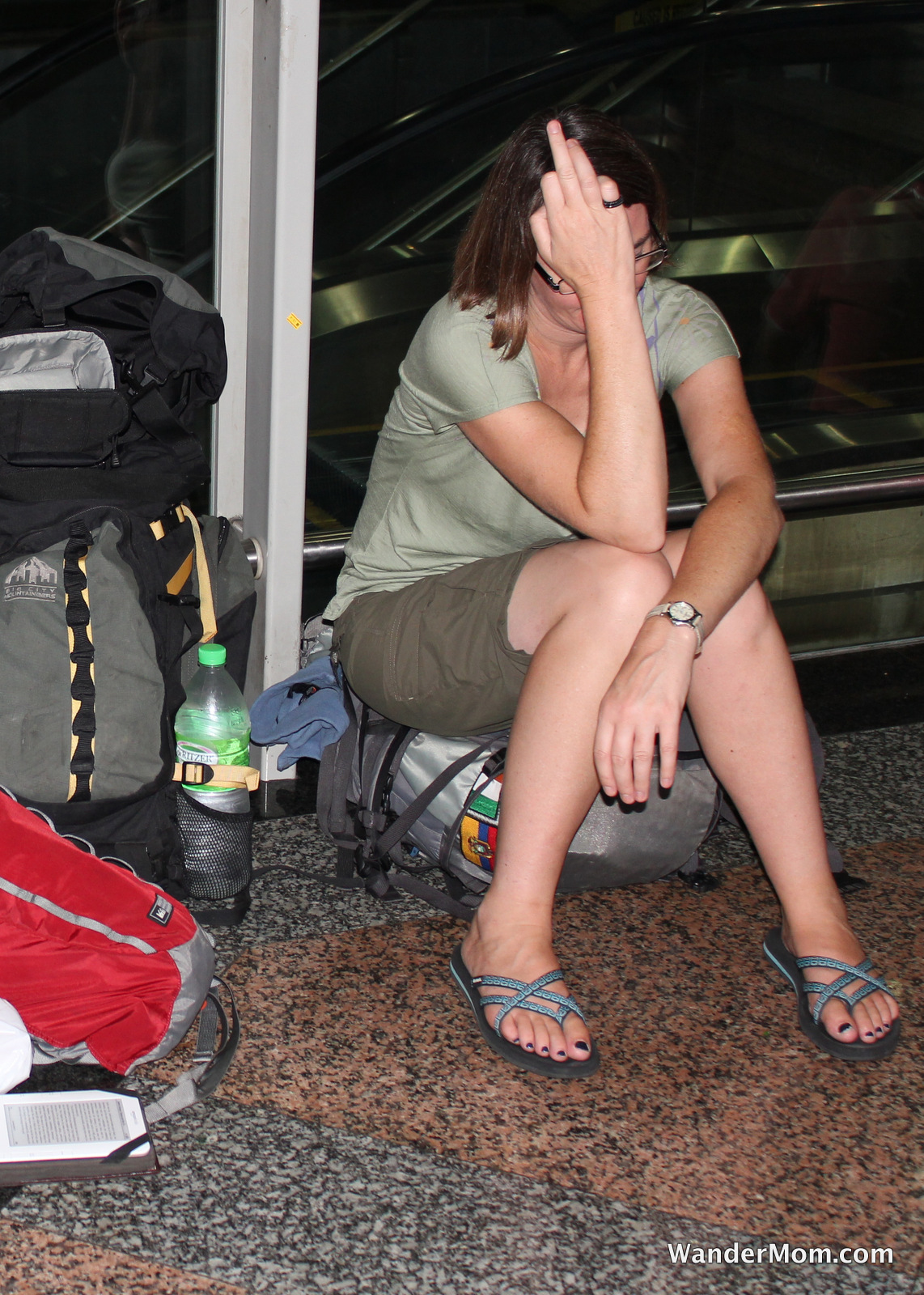
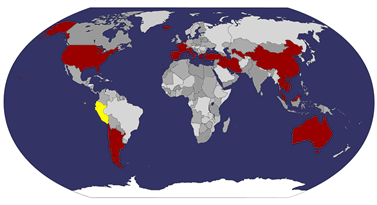
 In Progress
In Progress  Not Yet Started
Not Yet Started 

























